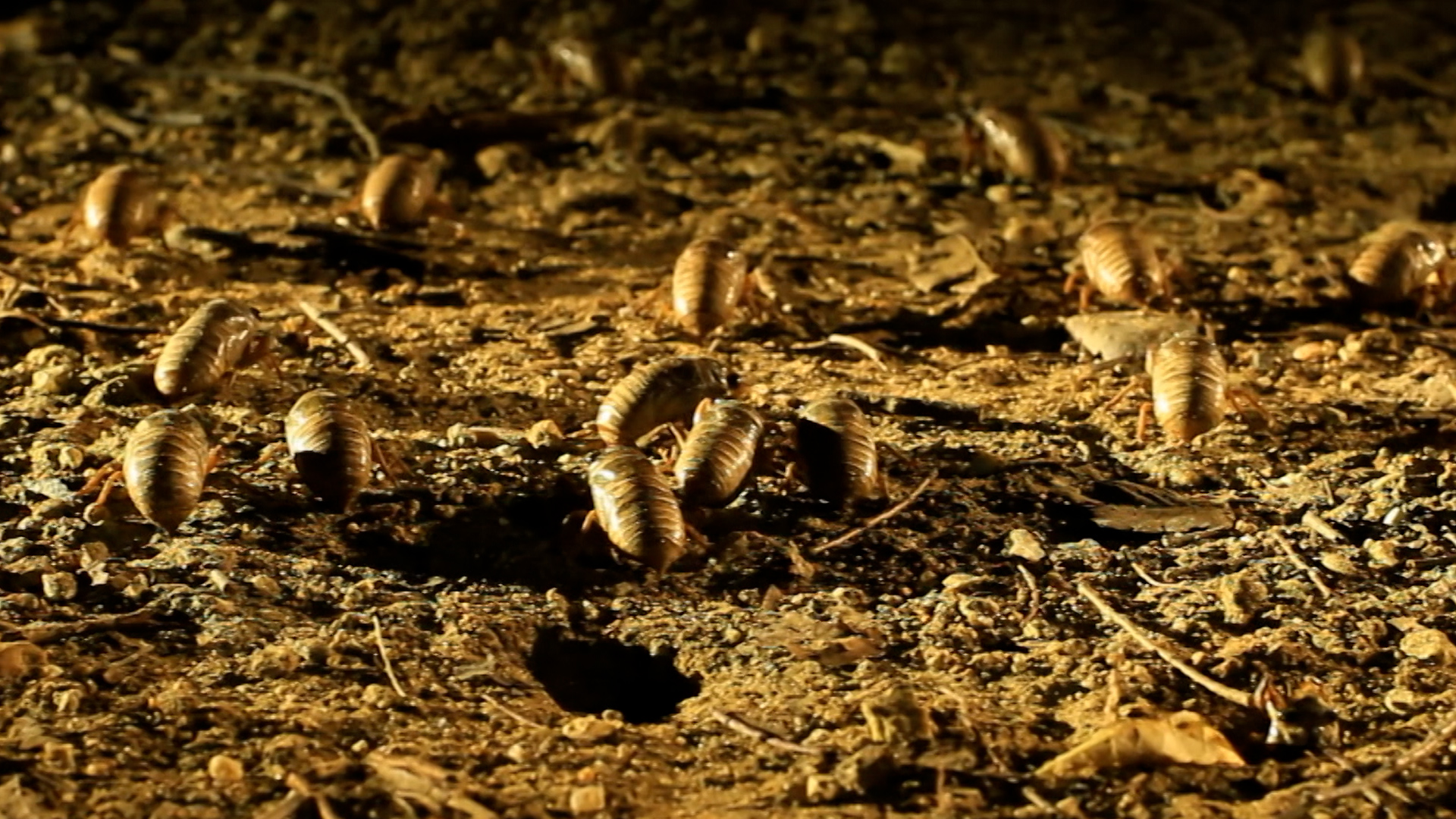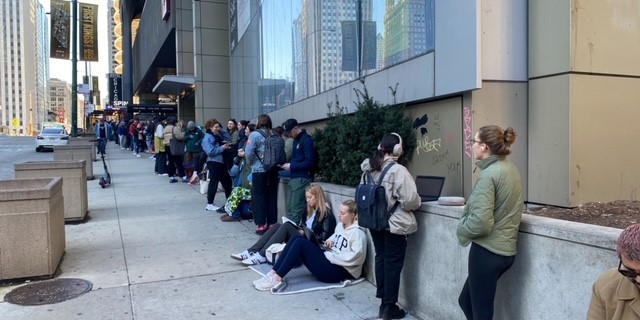The best news Rahm Emanuel got last week didn’t come from his pollster. It came from the United States Census Bureau, when it released the population figures for Chicago.
The city’s population declined by 200,000 -- but those were mostly people who wouldn’t have voted for Emanuel. Englewood lost a quarter of its population. The black population that Carol Moseley Braun has been trying to rally accounted for nearly all of Chicago’s population loss.
“The trend is a result for the plan for transformation of the Chicago Housing Authority, and the displacement of 110,000 people,” mayoral candidate William “Dock” Walls told Ward Room. “Some of ’em have left Chicago. They’ve gone to the suburbs, or Indiana.”
On the other hand, the Loop’s population increased 76 percent. The Loop is Rahm Country. Emanuel is getting his best numbers from high-income whites who live along the Lakefront.
“Chicago’s central core grew increasingly vibrant during the past decade, as young professionals filled new condominiums in the Loop and surrounding neighborhoods, taking advantage of trendy restaurants and nightspots,” the Tribune reported, in a story on the census results.
Several years ago, I talked to a lakefront alderman who predicted Chicago would become a Midwestern Manhattan, with the wealthy inside the city limits, and the poor banished to suburbia.
“In 25 years, it’ll all be like this,” he said, referring to his ward. “There’s too much demand for land in the city.”
Razing Cabrini Green to make way for the expansion of the Near North Side is part of that process. Expect it to intensify if Emanuel becomes mayor. It’ll be to his political advantage, and the city’s financial advantage. In the future, you won’t have to go down to Oak Street to see aspiring Eurotrash. They’ll be all over the city. It’s only a matter of time before Barneys New York opens a discount outlet in East Garfield Park.
Local
Chicago, which used to be an industrial, middle-class city, has become a “dumbbell” city, with a large upper class, a large lower class, and few people in between, says Richard C. Longworth, author of Caught in the Middle: America’s Heartland in the Age of Globalism.
Many Chicagoans live better than ever, in safe housing in vibrant neighborhoods, surrounded by art and restaurants, with good public transportation whisking them to exciting jobs in a dazzling city center that teems with visitors and workers from around the world. These are the global citizens, hardworking, well-educated, well-paid, well-traveled. And many Chicagoans live worse than ever in the old ghettos or, worse, are being shoved by gentrification out of the ghettos into destitute inner-ring suburbs; the old housing projects, lying in the path of the Loop’s expansion, are knocked down and their inhabitants scattered to the civic winds. These are the global have-nots, separated by class and education as much as by race from any of the benefits of a global economy. In the middle are the global servants, mostly Mexican, who perform the services -- valet parking, gardening, dishwashing, dog-walking, busing in bistros, low-level construction -- that the global citizens need.
Carol Moseley Braun has picked up the theme of Chicago as a Potemkin city that hides its poverty behind a beautiful lakefront façade. On Sunday, Moseley Braun told the Sun-Times that Chicago shouldn’t be “a community that does not have multi-gazillion-dollar sculptures on one hand on the lakefront and people sleeping under the bridges on the other.”
But Chicago is that community. Emanuel has appealed to Chicago’s global citizens by promising to make us “a world-class city.” Like so many global Chicagoans, his most important connections aren’t to an old neighborhood, but the D.C., New York and Los Angeles. We already live in Rahm Emanuel’s Chicago. That’s why he’ll probably be our next mayor.

Buy this book! Ward Room blogger Edward McClelland's book, Young Mr. Obama: Chicago and the Making of a Black President , is available Amazon. Young Mr. Obama includes reporting on President Obama's earliest days in the Windy City, covering how a presumptuous young man transformed himself into presidential material. Buy it now!



